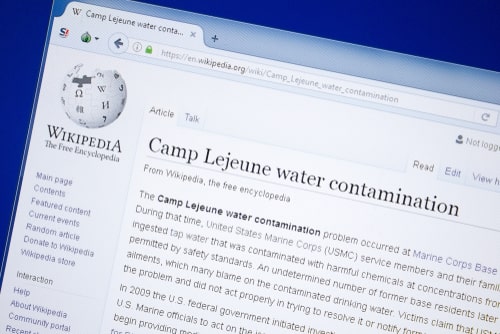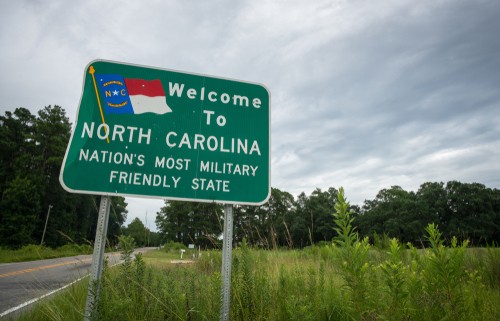Camp Lejeune Water Contamination Lawsuit
Did you serve, live, or work at Camp Lejeune - a Marine Corps Base in North Carolina - for more than 30 days from 1953 through 1987?


What Are The Camp Lejeune Water Contamination Claims?
Since 1942, numerous military personnel and their families have permanently or temporarily resided eat Camp Lejeune. Currently, the site is a home for tens of thousands of civilian contractors and workers. In the 80s, environmental monitoring at Camp Lejeune revealed that the water in that site was seriously contaminated. Chemicals from a dry cleaning and nearby base water treatment facilities tainted the water.
People were exposed to more than 3,000 times the ATSDR’s recommended acceptable level of hazardous substances due to the contamination. If you were at Camp Lejeune between 1953 and 1987 and later had cancer or another serious illness, you may be able to file a claim and receive compensation under the Camp Lejeune Justice Act of 2022.
Below is a list of the potential conditions for people who served at Camp Lejeune for at least 30 days between August 1, 1953, and December 31, 1987:
- Esophageal cancer
- Breast cancer
- Kidney cancer
- Lung cancer
- Bladder cancer
- Myelodysplastic syndrome
- Renal toxicity
- Multiple myeloma
- Female infertility
- Miscarriage
- Scleroderma
- Non-Hodgkin's Lymphoma
What Was Found After The Water Contamination Testing At Camp Lejeune?
Testing in 1982 revealed that Camp Lejeune’s water contains hazardous substances known as volatile organic compounds (VOCs). If VOCs enter the body through ingestion or absorption, they can result in cancer and other serious illnesses. It was discovered that the camp’s water treatment facilities were the source of the dangerous substances.
Improper trash storage and management and the release of chemicals by non-military businesses caused this pollution. Additional testing revealed that the water was poisoned for more than 30 years, from August 1953 to December 1987. At the time, up to 900,000 people, including the Ensminger family, were exposed to these toxins. However, it took the military a long time to inform the populace that the water was unsafe.
Then, 30 years after Camp Lejeune’s water issue was resolved, retired Marine master serjeant Jerry Ensminger discovered documents from 1981 that mentioned a radioactive waste site next to a rifle range at the base. According to this investigation, strontium-90, known to cause Leukemia and other types of cancers, was discovered in the dump’s waste.
Ensminger and his family were residents of the Camp Lejeune base during the exposure period. His young daughter Janey passed away from cancer at 9 in 1985. Following that, Jerry Ensminger began advocating at Camp Lejeune for benefits for both military personnel and their families. It is these efforts that led to the passage of the Janey Ensminger Act.


What Caused The Camp Lejeune Water Contamination?
The US military employed an odorless, clear liquid TCE as a cleaning agent. The TCE levels – which is a volatile organiv compound – at the Hadnot Point and Tarawa Terrace water treatment plants in the Camp Lejeune base reached 1,400 parts per billion of TCE in drinking water between 1953 and 1987. According to the Environmental Protection Agency, there shouldn’t be more than five parts per billion of TCE in drinking water (EPA).
ABC One-Hour Cleaners also used Tetrachloroethylene, sometimes known as PCE, as a commercial fabric solvent. PCE is a clear liquid with a little scent. The PCE level at Camp Lejeune’s Tarawa Terrace Treatment Plant rose to 215 parts per billion between 1953 and 1987.
Camp Lejeune Attorneys

Contact A Camp Lejeune Attorney TODAY!
© 2022 Ted A. Greve & Associates. All Rights Reserved.












